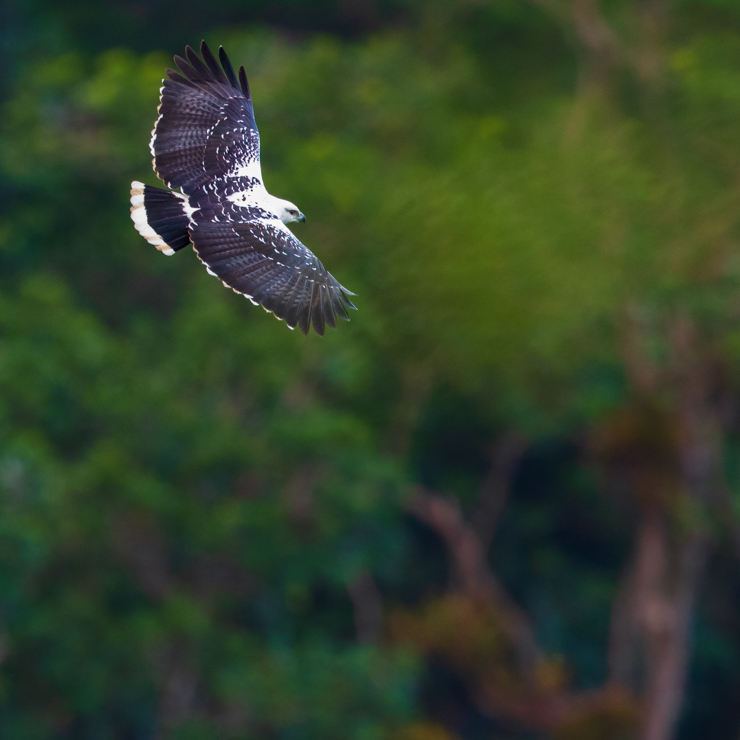
While the combination of the words “coast” and “forest” may conjure images of tidal mudflats and mangroves or even coconut trees, the northern coastline of Trinidad features tropical rainforest that plunges steeply into the bejeweled waters of the Caribbean Sea. Running end-to-end across the northernmost section of the island, Trinidad’s Northern Range is the final outcrop of the mighty Andes after it bends eastward through Venezuela. Heavily forested, the Northern Range feeds several major rivers from its gentle south-facing slopes. Conversely, the north-facing slopes of the Northern Range are exceptionally steep and can only be accessed by 4×4 along some heart-in-mouth road passages.
Over the past couple of weeks I have spent some time exploring this section of my home island and have come to realize its tremendous potential in terms of birding. Those who are intending to visit T&T as a birding destination would be pleased to know that one of our relatively new birding lodges is perched on one of the steepest north-facing slopes. The gradient is so steep that the cabins are essentially treehouses! Check it out for yourself here.
The confluence of these two elements gives rise to a unique experience with a distinctive aesthetic. There aren’t many places in the world where one can observe rainforest-dependent species against the stunning blue backdrop of the ocean. It is almost as if the island is filled to the brim with these exotic species, and they are overflowing onto the Caribbean Sea!
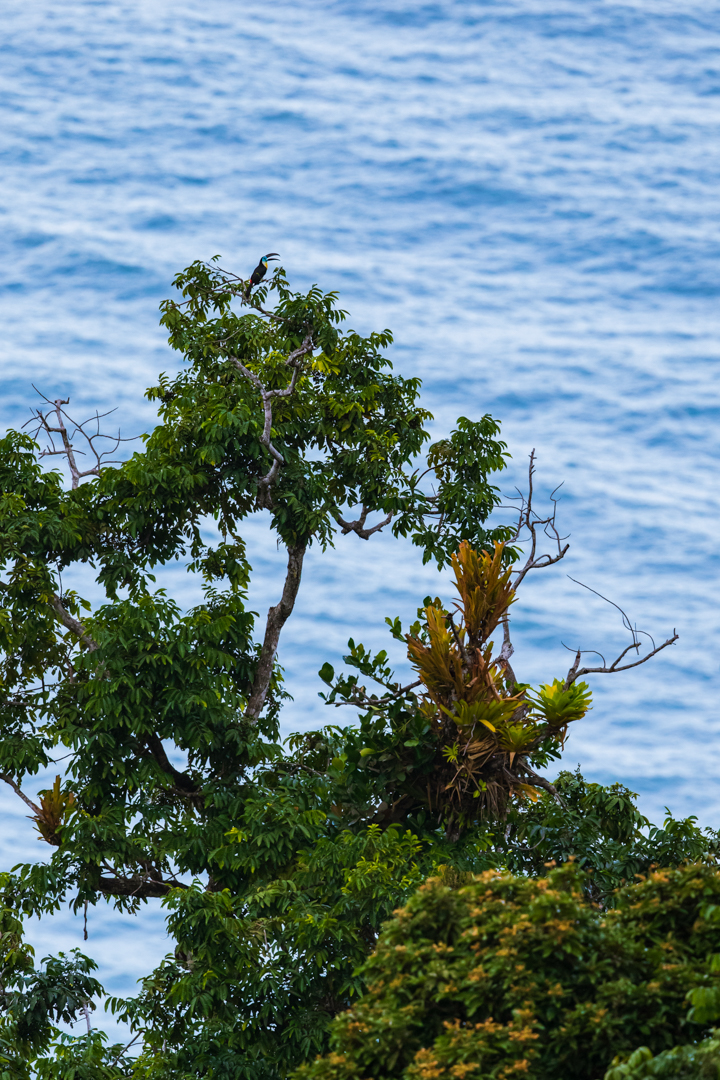
The archetypical rainforest bird – Channel-billed Toucan
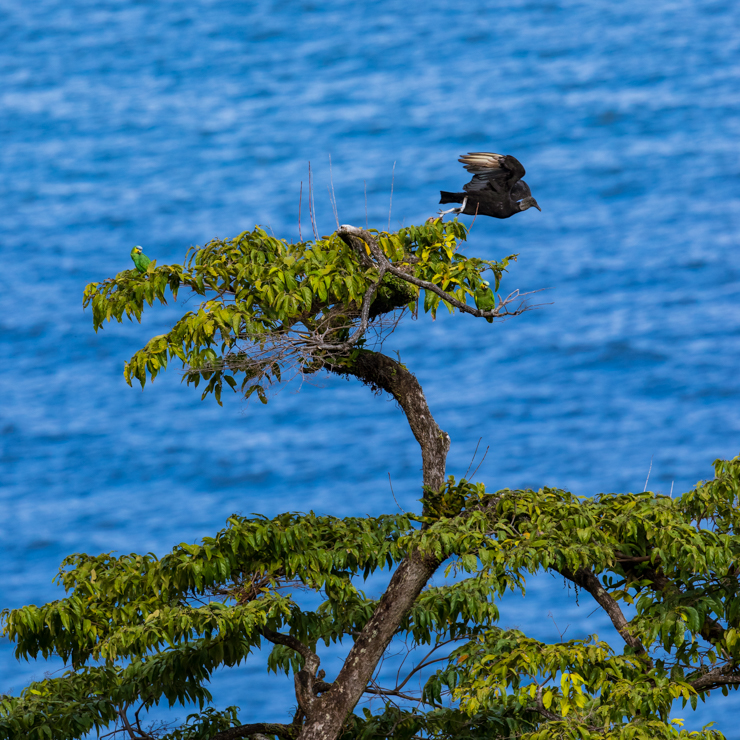
Trees along rugged ridges are vantage points for several species, here a Black Vulture takes flight after spending some time with a pair of Orange-winged Parrots.
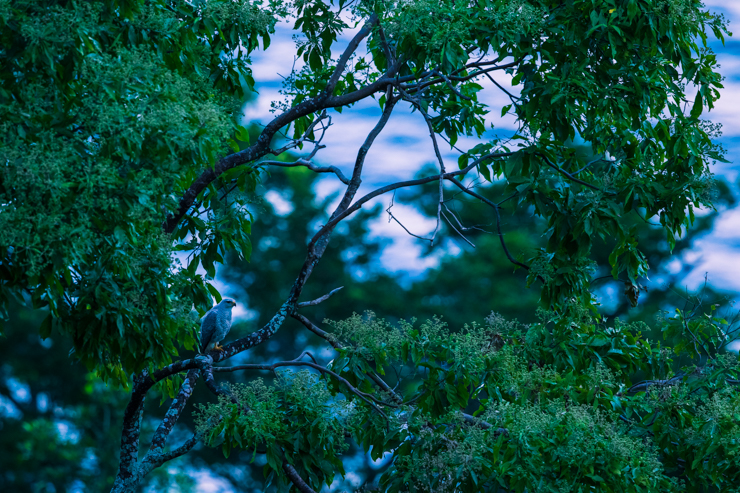
Lofty observation points are facilitated by the steep gradient and allow for an unusual perspective. Here, a Grey-lined Hawk perches early one morning long before the warming rays of the sun touch the valley. The rosy pre-dawn hues are reflected in the water visible in the background.

Numerous Crested Oropendolas commuted between their roosting tree and breakfast tree.
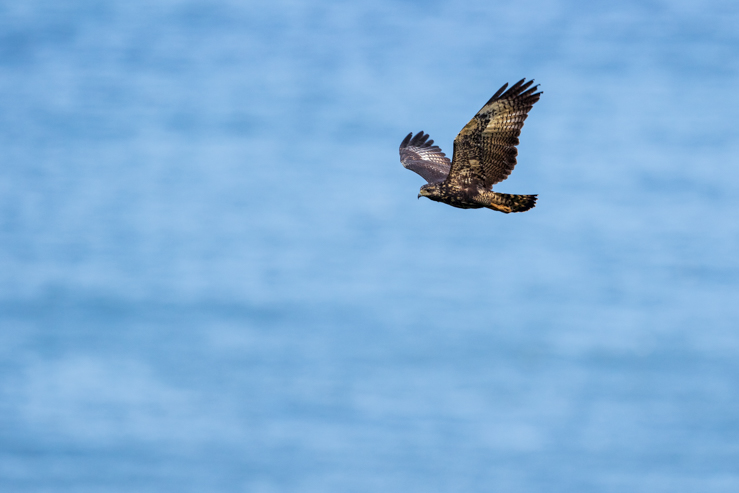
The wind currents which rise and traverse the valleys serve as vehicles for many of the larger raptors such as this Common Black Hawk.
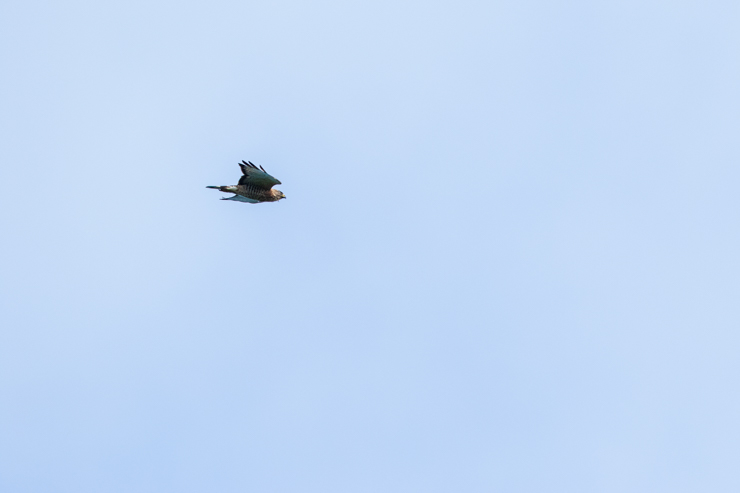
One of a pair of Broad-winged Hawks that put on a show one morning.

As the day gets warmer, the rising air lifts the majestic White Hawk from its roost.
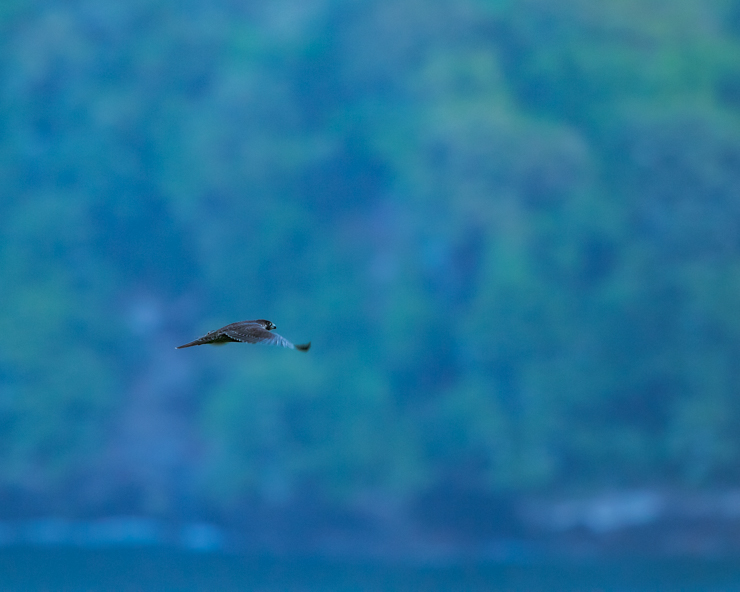
A Peregrine Falcon launches, ready and willing to utilize the relative invisibility afforded by twilight to bring a swift end to someone’s morning. It almost looks as if the bird is underwater! Look carefully at the background to discern the coastline of one of Trinidad’s legally protected offshore islands, Saut d’Eau.
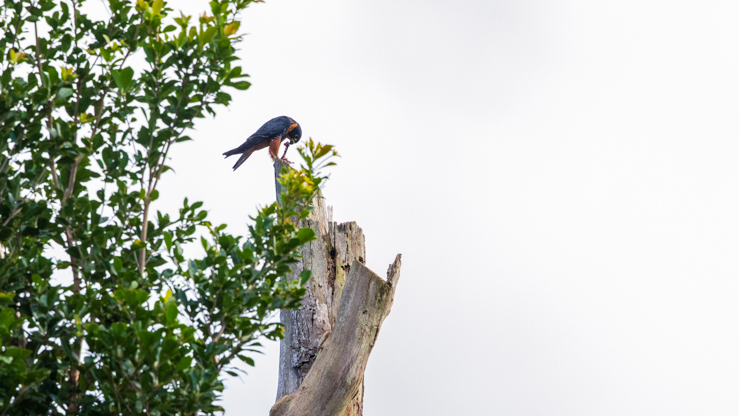
Much smaller but no less deadly, a Bat Falcon dines on a bat in the mid-morning perched comfortably on a roadside stump.
If one grows tired of the sea and sky for some inexplicable reason, the forest holds a fair assortment of birds to be seen and enjoyed. These slopes conceal all three species of trogons that are possible in T&T. On a single lucky morning last week, we nailed the trio from a single vantage point within an hour.
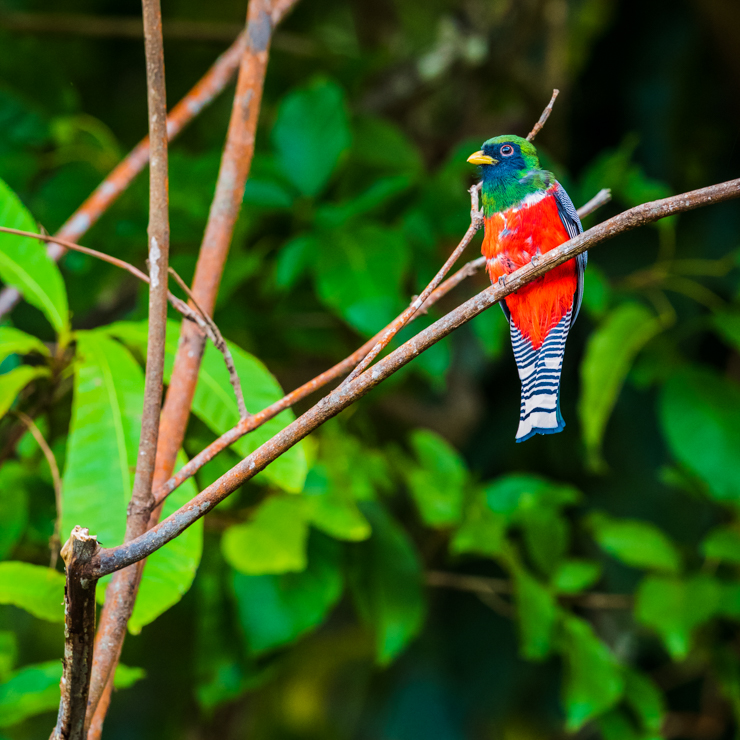
Collared Trogon
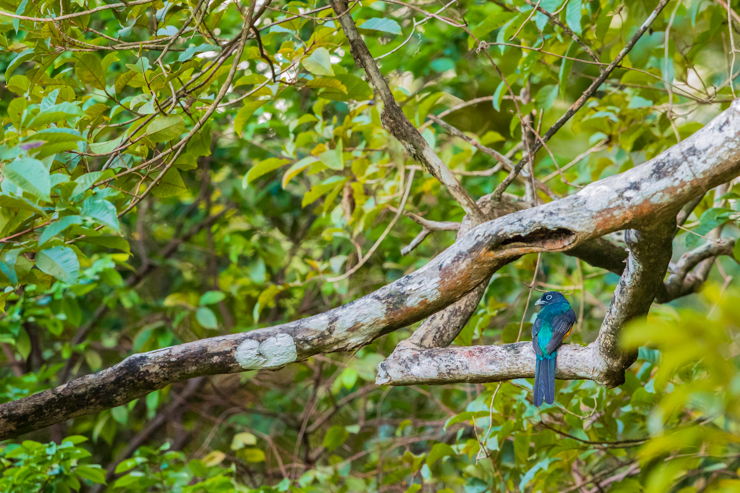
Green-backed Trogon
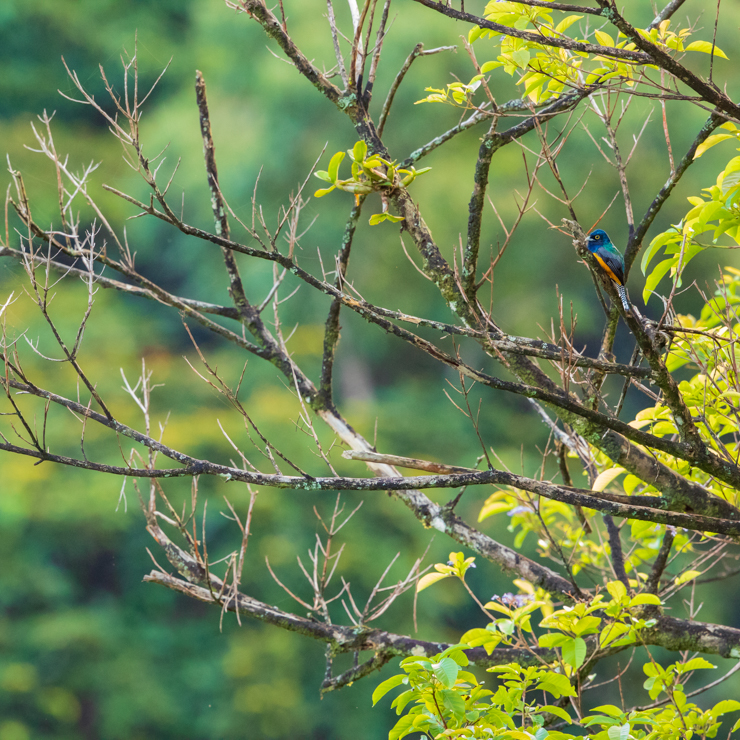
Guianan Trogon
Tanagers, flycatchers, woodcreepers, woodpeckers, cuckoos – the seeker is guaranteed to be rewarded. I’d love to share images of all the birds I’ve seen in this still pristine location, but for fear of boring the viewer I’m only including images from the couple visits I made this year.
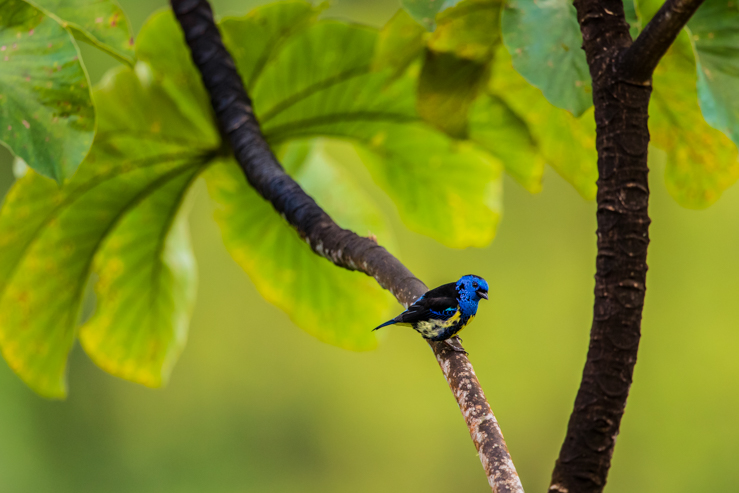
Turquoise Tanager
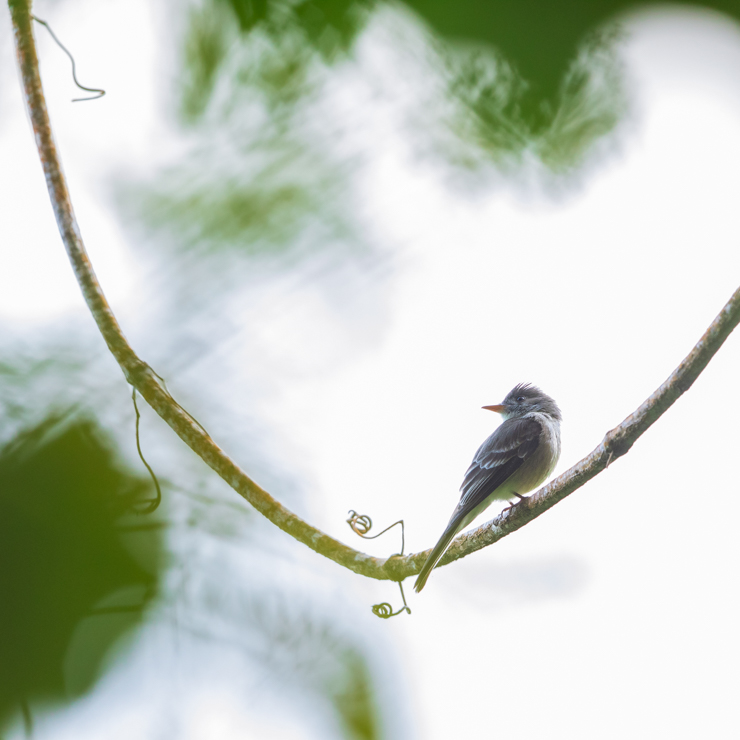
Tropical Pewee
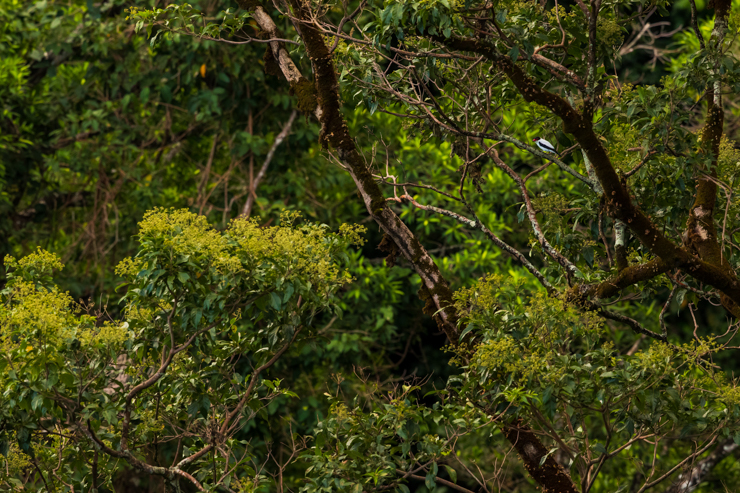
Black-tailed Tityra, a long way away
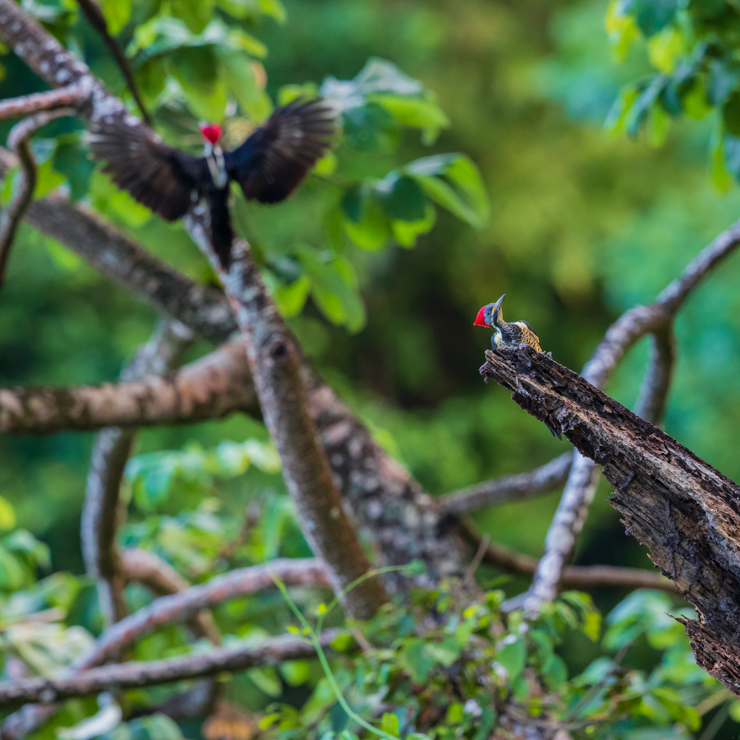
A Lineated Woodpecker and the much larger Crimson-crested Woodpecker making a landing behind it. Note the white “V” that is diagnostic of the largest woodpecker in the Caribbean.
After the Crimson-crested Woodpecker investigated that branch, it left its smaller congener and flew across to another dead stump, this time with that lovely ocean backdrop.
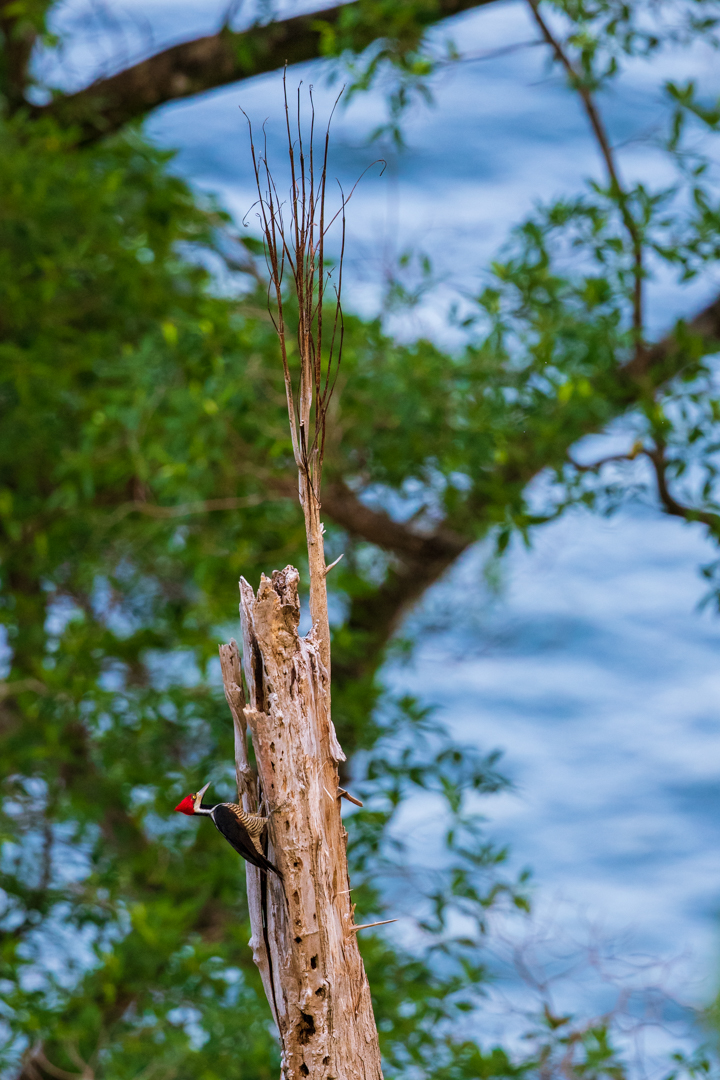
Crimson-crested Woodpecker
Hope that you enjoyed this selection of images from these two outings we had, who knows what other treasures await on the steep north-facing slopes of Trinidad!











Lovely pictures Faraad.
I’ve been looking at bird a few years now and find this extremely relaxing. I have the book “ Birds of Trinidad and Tobago” .
I document dates and place of my sightings.
Hoping you can organise a birding trip soon.
Thank you. There are several birding guides who can take you birding across T&T, whenever you’re ready this can be arranged!